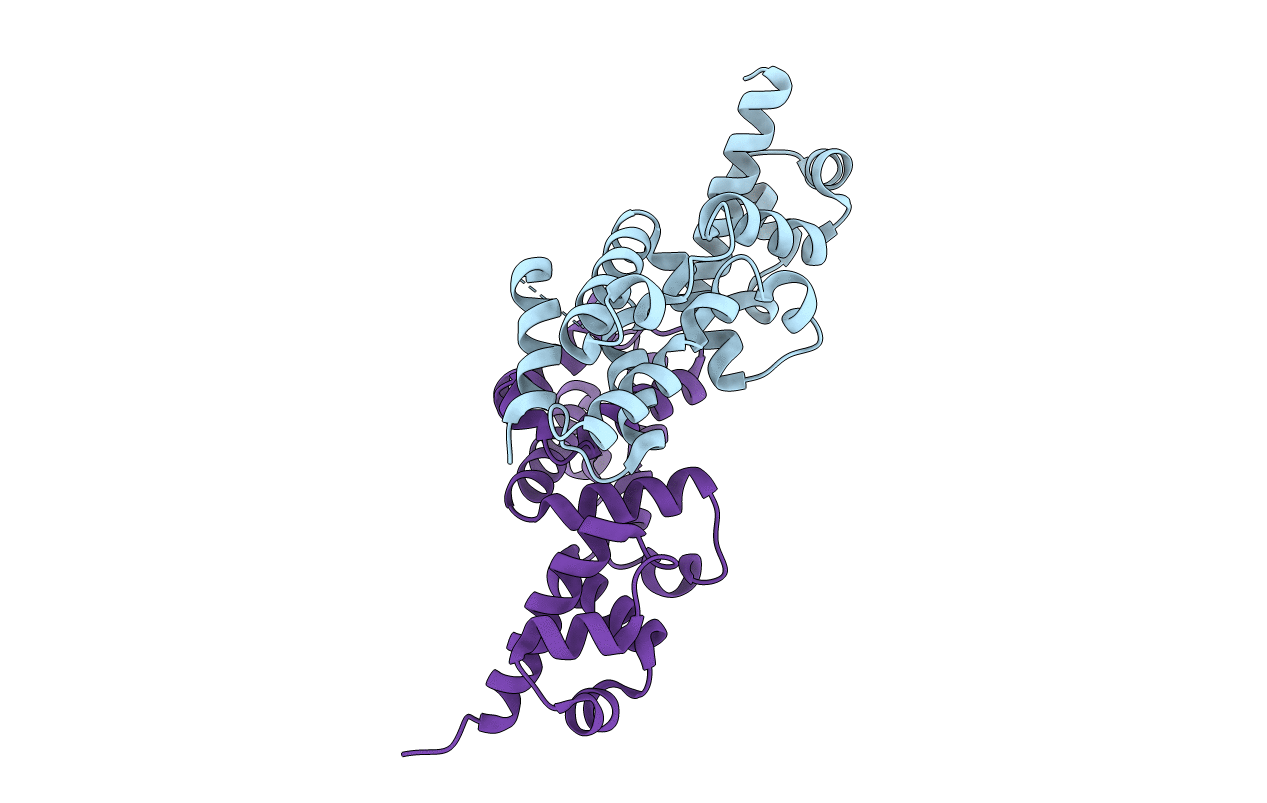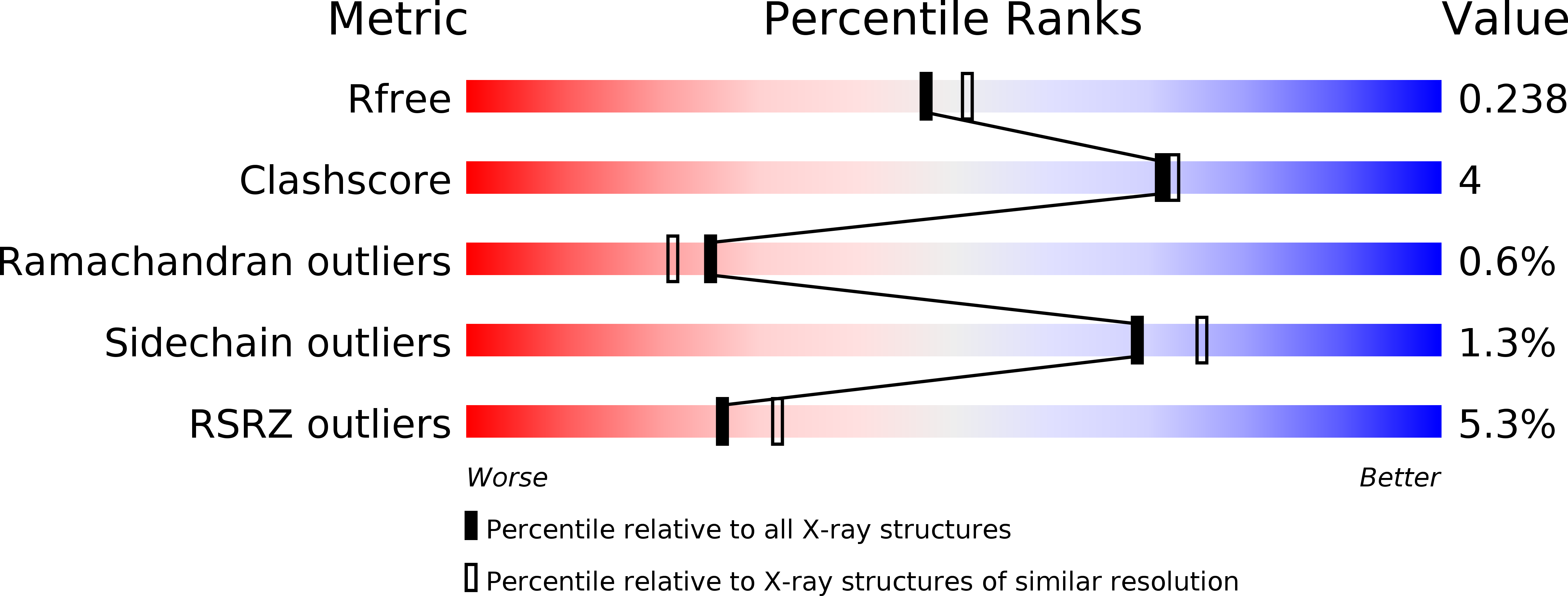
Deposition Date
2008-03-18
Release Date
2008-04-08
Last Version Date
2023-12-13
Entry Detail
PDB ID:
2JJ7
Keywords:
Title:
Crystal structure of the HlyIIR mutant protein with residues 170-185 substituted by alanine
Biological Source:
Source Organism:
BACILLUS CEREUS (Taxon ID: 1396)
Host Organism:
Method Details:
Experimental Method:
Resolution:
2.10 Å
R-Value Free:
0.23
R-Value Work:
0.17
R-Value Observed:
0.18
Space Group:
P 21 21 2


